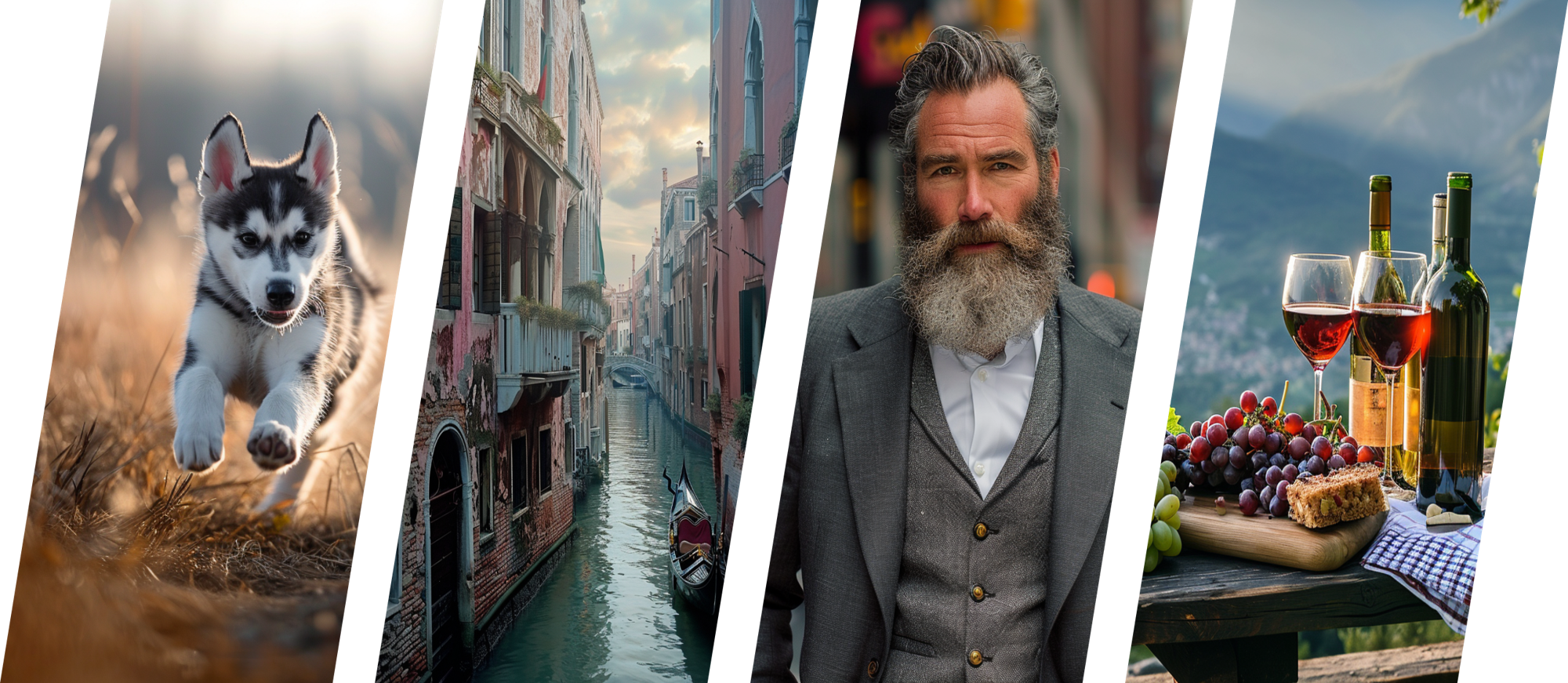MidJourney recently launched its latest text-to-image model, version 6. While this is still in alpha release, the image quality continues to impress. While the quality improvement may be minimal compared to the previous version releases, there is no denying there is more improvement in the results. This is impressive, as MidJourney was already the market leader in creating rich and dynamic imagery based on basic text prompts.
Prompting for MidJourney has undergone a gamut of styles, with each new release of their models. While versions 5-5.2 saw people putting more specific quantifiers and keywords into a prompt to add more control to the user, version 6 brings a more subtle prompt structure. With the release of version 5, people began prescribing specific types of camera lenses and techniques to create images similar to that of what a photographer would have taken. Now, with the release of version 6, ideal prompts are encouraged to be shorter, to the point, to allow MidJourney more freedom to create various differing versions.
All MidJourney models are still available to test and can help to illustrate how far MidJourney has come since it was first created in July 2022. With this in mind, let’s explore what MidJourney is capable of now while comparing this to what the platform was producing throughout its existence. Simple prompts will be used, to allow MidJourney the ability to create its own interpretation based on the model.
Prompt: “A husky puppy running through a field”







Prompt: “a fantasy-inspired forest, dark and mysterious, realistic”







Prompt: “Venice, photorealistic”







Prompt: “middle aged man, big beard, wearing a nice suit, standing on a New York street“







Prompt: “a picnic table with wine bottles, grapes and wine glasses outside with beautiful mountain view”







